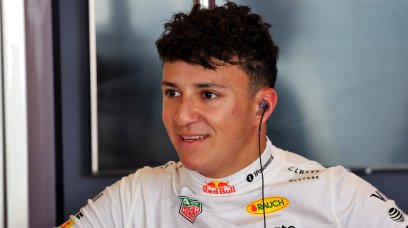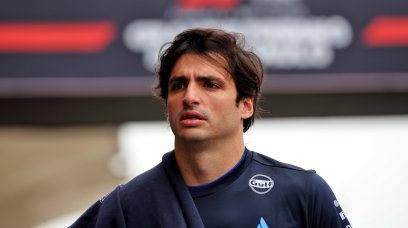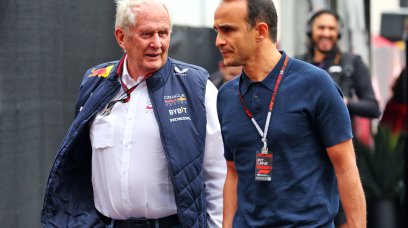Max Verstappen has delivered an emphatic rebuttal of plans to make the use of cooling vests mandatory for F1 drivers in 2026.
At the Singapore Grand Prix, the FIA declared a heat hazard, meaning teams were required to fit necessary equipment to run cooling vests for drivers, specially designed with up to 50m of tubing which pumps water around the body.
This was introduced in response to the 2023 Qatar Grand Prix, where conditions were such that Esteban Ocon threw up in his cockpit whilst Lance Stroll claimed he was losing consciousness at times.
The FIA is determined to avoid a repeat, and as such, for 2026, the use of the cooling vest is to become mandatory, but drivers feel the system is uncomfortable and requires more work before becoming mandatory.
As a senior driver and one of three world champions on the grid, Verstappen has voiced his opinion - and is firmly set against mandatory introduction.
"I haven't used the vest, I'm also not intending to use it because I feel like this needs to be a driver choice," Verstappen told media, including RacingNews365, just prior to the Singapore GP.
"Of course, from the FIA side, they will always throw it on safety, but then we can talk about a lot of stuff that can be improved on safety, including pit entries in certain places.
"I think that has a bit more priority than a vest in the car because I don’t like it. I don’t like the tubes that are on you, on your body, with the belts that go next to you. Then they can say it’s a bad design. I disagree. It just needs to be an option for the drivers to choose.
"Some like it, some don’t, and that’s fine. It should be a personal preference, and I know this year we can [not use it] but probably next year they don’t want to do that, and I feel that is not the right thing.
"The problem is that in GT cars or any other cars, prototypes, you have a bit more space to put stuff, or at least put the cables. In our cockpits, it’s so narrow that there is no space — or at least not enough space.
"That is also a little bit of a problem, I find. Plus, where are you going to put the dry ice? The cars are not designed really to have this extra kind of space, and within 15, 20 laps, it’s gone, and then you have hot water… or tea."
The article continues below.
GPDA director Russell speaks
George Russell also offered his thoughts, with the GPDA director describing how some minor tweaks in the cockpit had helped reduce heat.
"It isn’t the perfect solution yet, and the fact is you have no testing — you can only test it in a race environment," he said.
"The race in Bahrain, I was happy with it. I ran it in Saudi Arabia as well, and I was happy with it, but Singapore is much hotter, and the dry ice will melt faster.
"To be fair, the team have made a big improvement with the car cooling itself. We recognised some major issues of hot air seeping into the cockpit, massively exceeding 60 degrees at certain races.
"Just moving a few electrical boxes around and hydraulic lines that are running at 120 degrees around your feet has a major impact on the heat."
Don't miss out on any of the Formula 1 action thanks to this handy 2026 F1 calendar that can be easily loaded into your smartphone or PC.
Download the calenderMost read
In this article









Join the conversation!